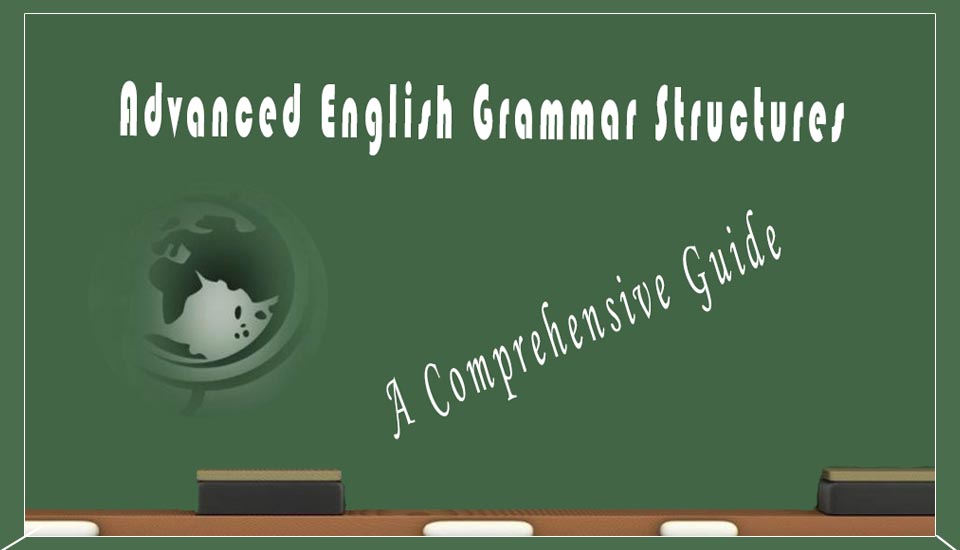So far, you have learned the basic rules of the English language, in addition about the intermediate grammar structures. This section advanced English grammar structures are intended for advanced students of English learners. This section focuses on difficult English grammars, on the areas of usage which are often troublesome to non-native speakers of English. Though there are many advanced English grammar structures, but here we have talked about the 10 most essential ones. Study each structure in detail and master it to its core. And take more practicing exercise on these structures in order to familiarize yourself with the usages of all figures of English.

Advanced English Grammar Structures
1. The correct use of Tenses
The studying of all English tenses is very important for ESL students in order to improve your communication skills both in written and spoken English. Moreover, the tenses used in a sentence should be appropriate to the meaning of the sentence. All the tenses should be used properly. This section on Advanced-English takes you to the next higher level. To know more about how to use the tenses properly click here All English Tenses.
2. Subject and Verb Agreement (Advanced)
The verb and the subject in a sentence must agree with each other. There are many types of sentences which have to be treated differently. And parts of speech must be carefully chosen to fit together to work properly. This section on Advanced-English takes you to the next higher level. To know more.
3. Parallelism
Parallelism is about ‘bringing about a balance within the structure of the sentence’. Lack of it destroys the beauty of the sentence. How to restore the Parallelism in a sentence is what you have to learn.
4. Subjunctive Mood
There are special types of sentences which are said to be in Subjunctive Mood. This section on Advanced-English takes you to the next higher level. These sentences violate the usual rules relating to subject-predicate agreement in number and in tense.
5. Redundancy
Redundancy means using words unnecessarily or using words for a second time. The common error in redundancy is the use of the phrase How to correct those sentences?
6. Quantity Words
Words, which are denoting the quantity of the nouns, are called Quantity-Words. This section on Advanced-English takes you to the next higher level. English has different adjectives to describe those words. How to use those words properly to avoid ambiguity?
7. Figures of Speech
The Figures of Speech are departure from the ordinary form of expression, or the ordinary course of ideas in order to produce a greater effect. What are the types of Speeches that we use?
8. Spelling Rules
Of all the languages in the world English is the most difficult to spell. In other languages Italian for instance each letter only represents one sound, so if you know how to say a word in Italian you know how to spell it. In English, however, the relationship between sound and spelling is unpredictable. There are some helpful spelling rules in English that will make easier for you to spell English words correctly. Spelling Rules
9. Passive and active voice
Sentences can be active or passive. Mostly we use active sentences in our conversation, but sometimes when we don’t know who the subject is or when we give more importance to the object of the sentence we have to use passive sentences. To read more Click here: Passive and active voice
10. Direct and indirect Speech
We often convey a message or give information about what someone said, thought or felt to somebody else. In order to do this you have to use the grammar structure named indirect or reported speech. Click on the link to learn about direct and indirect speech.
